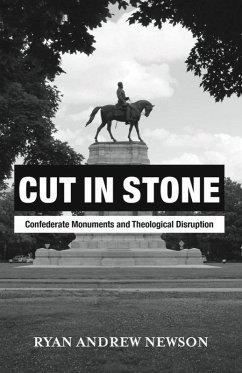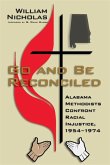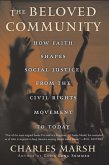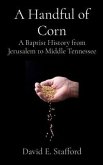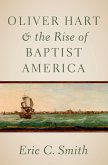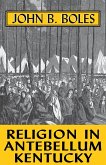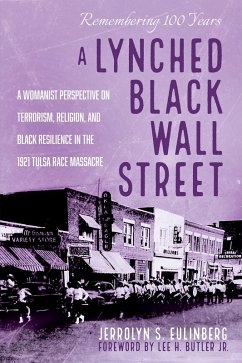Confederate monuments figure prominently as epicenters of social conflict. These stone and metal constructs resonate with the tensions of modern America, giving concrete definition to the ideologies that divide us. Confederate monuments alone did not generate these feelings of aggravation, but they are far from innocent. Rather than serving as neutral objects of public remembrance, Confederate monuments articulate a narration of the past that forms the basis for a normative vision of the future. The story, told through the character of a religious mythos, carries implicit sacred convictions; thus, these spires and statues are inherently theological.
In Cut in Stone, Ryan Andrew Newson contends that we cannot fully understand or disrupt these statues without attending to the convictions that give them their power. With a careful overview of the historical contexts in which most Confederate monuments were constructed, Newson demonstrates that these "memorials" were part of a revisionary project intended to resist the social changes brought on by Reconstruction while maintaining a romanticized Southern identity. Confederate monuments thus reinforce a theology concerning the nature of sacrifice and the ultimacy of whiteness. Moreover, this underlying theology serves to conceal inherited collective wounds in the present.
If Confederate monuments are theologically weighted in their allure, then it stands to reason that they must also be contested at this level-precisely as sacred symbols. Newson responds to these inherently theological objects with suggestions for action that are sensitive to the varying contexts within which monuments reside, showing that while all Confederate monuments must come under scrutiny, some monuments should remain standing, but in redefined contexts. Cut in Stone represents the first detailed theological investigation of Confederate monuments, a resource for the larger collective task of determining how to memorialize problematic pasts and how to shape public space amidst contested memory.
In Cut in Stone, Ryan Andrew Newson contends that we cannot fully understand or disrupt these statues without attending to the convictions that give them their power. With a careful overview of the historical contexts in which most Confederate monuments were constructed, Newson demonstrates that these "memorials" were part of a revisionary project intended to resist the social changes brought on by Reconstruction while maintaining a romanticized Southern identity. Confederate monuments thus reinforce a theology concerning the nature of sacrifice and the ultimacy of whiteness. Moreover, this underlying theology serves to conceal inherited collective wounds in the present.
If Confederate monuments are theologically weighted in their allure, then it stands to reason that they must also be contested at this level-precisely as sacred symbols. Newson responds to these inherently theological objects with suggestions for action that are sensitive to the varying contexts within which monuments reside, showing that while all Confederate monuments must come under scrutiny, some monuments should remain standing, but in redefined contexts. Cut in Stone represents the first detailed theological investigation of Confederate monuments, a resource for the larger collective task of determining how to memorialize problematic pasts and how to shape public space amidst contested memory.
Dieser Download kann aus rechtlichen Gründen nur mit Rechnungsadresse in A, D ausgeliefert werden.

